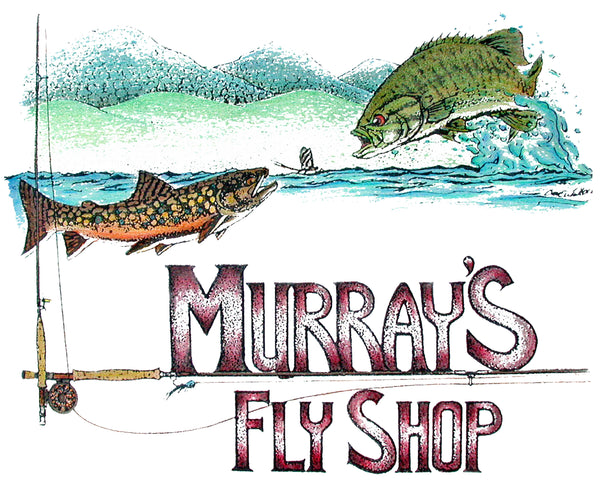Successful Float Trips for Smallmouth Bass
SUCCESSFUL FLOAT TRIPS FOR SMALLMOUTH BASS
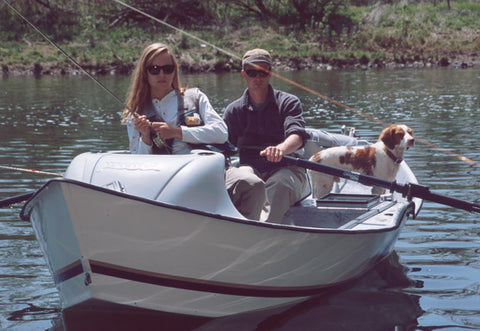
Float trips for smallmouth bass can give you some of the finest fly fishing you can find. You can easily get away from the crowds and fish sections of the rivers that receive less angling pressure than many parts of the streams. This will often enable you to find great fishing and if this is not enough motivation for you, wait until you see the beautiful country through which you will be floating.
In order for you to enjoy this exciting fishing let us first look at the successful tactic to use when floating the rivers then we will examine some of the logistics.
On our guide trips we find that many beginning anglers who have not done float trips quickly learn to fish poppers. The drift of the bug is easy to see, the strike is easy to see and the need to set the hook quickly is readily apparent.
The fishing technique is the same whether you are floating in a drift boat, rubber raft, canoe, or kick-boat. This is, drift downstream 40 feet from the bank and cast your popper down and across stream at a 30 degree angle so it lands close to the river bank. Give it two to six inch strips with your line hand, allow it to drift ten seconds then impart two more line-hand strips. If your boat is drifting faster then your popper mend the line upstream in order to continue an appealing bug-drift. Fish your popper out twenty feet in this manner then pick it up and cast it to a new spot downstream.
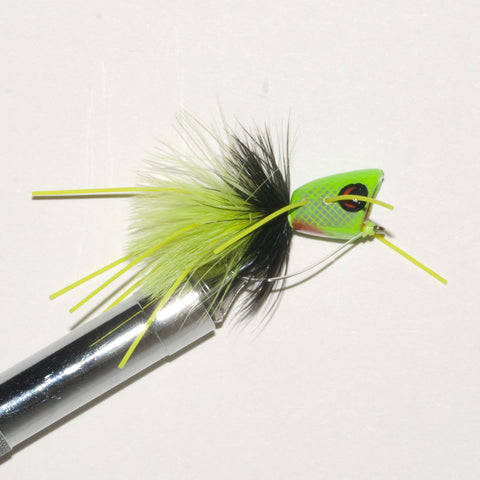
If the water along the bank is over three feet deep you will often catch more bass by using a fat cupped face hard surface bug such as the Shenandoah Chuggar rather than a regular popper because by using a firm line-hand stripping action you can impart a loud bug action which quickly attracts the bass.
You can also get great fishing with nymphs and streamers when you are floating along the banks but it is very important to strip in the line as you float along in order for you to have a tight line down to the fly so you can feel the strikes in time to set the hook before the bass ejects it. The Murray’sHeavy Hellgrammite size 6 is our most productive nymph on float trips and the Murray’s Magnum Creek Chub Streamer size 4 is our most productive streamer.
Several years ago we started having clients who have trouble detecting strikes on underwater flies on float trips use a popper and dropper combination. We put a size 10 Pearl Marauder Streamer on a 36 inch piece of 2X tippet material off the bend of a Shenandoah Blue Popper size 6. The popper acts like a bobber and they can quickly see it jerk when a bass takes the streamer.
A tactic which is very effective when floating rivers late in the season when the rivers are low is to hide your approach with ledges and aquatic grass beds. For example, when we see we are drifting down to a narrow ledge running down the middle of the river we will slip in beside the shallow side of the ledge, anchor here and fish across the ledge into the open water beyond it.
When we spot river-crossing ledges that extend just beyond the surface of the river with water three to six feet deep just downstream of them we go around the end of the ledge with the boat then swing 50 feet in below the ledge. You can anchor here and both anglers can fan their casts upstream toward the ledge to cover all of the water they can reach. If the river is several hundred feet wide you can relocate several times in order to fish all the way across the river.
Thick aquatic grass beds that grow along the stream banks for several hundred feet with water three to five feet deep beside them can be fished effectively by drifting 50 feet out from them and fishing the very edge of the grass. I usually start with a Chuggar on the surface but if they will not come up I switch to streamers and nymphs.
However, the aquatic grass beds that encircle some of the river-crossing ledges deserve special attention. I like to beach my boat and fish these thoroughly by wading. There are two good reasons for wading these grass beds. First, they are usually so productive that I want to cover the whole area thoroughly so every fish here will see my flies. Second, the bass often feed in water only several feet deep and they are very wary. I am afraid the boat will scare them.
I also beach the boat when I approach a long tail of a pool at dusk. Large bass feeding in water two feet deep in these pool tails can be very easily scared by the boat.
Since we float our rivers so often here are some tips which we use that may help you.
When I am at the oars I always watch well ahead of the boat and if the quality of the water looks the same on both banks. I always head for the shady side of the river because large bass like to feed in the shade.
Even though we use a nice Hyde Drift Boat which has good leg braces in the front and back I strongly discourage standing up to fish for smallmouths because this can easily scare large bass. I also discourage wearing white, or even very light, shirts and hats for the same reason.
I carry in my boat on all float trips an extra rod and reel, raincoat, landing net, complete change of warm clothes in a waterproof dry bag, an extra oar, life jackets for everyone on the boat, a repair kit when using my rubber raft and kick-boat, flashlight, cell phone, extra drinking water and lunch, and extra flies and leaders.
I like to keep my float trips down to five miles or less so I will have time to stop and wade those areas which are very productive.
Frequently the best fishing is at dusk so I pace myself to stay on the river until dark even if this means starting my float at noon rather than early in the morning.
Spot the car that will pull or carry the boat at the downstream take-out spot. This way there is less hassle working with a shuttle in the dark at the end of the day. Also if a bad electrical storm catches you in the river you can quickly finish your float and get out of the stream.
Finally, let someone know where you are putting in and taking out and the time you plan to finish.
Floating the river for smallmouth bass really is one of the greatest ways to spend a day.
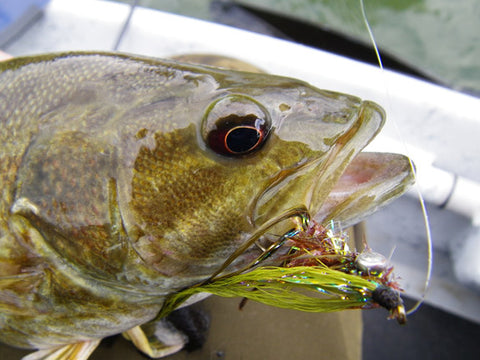
Looking for a guide to take you down the Shenandoah River? We offer wading and float guided trips on the Shenandoah River throughout the summer. Book your trip today!
-
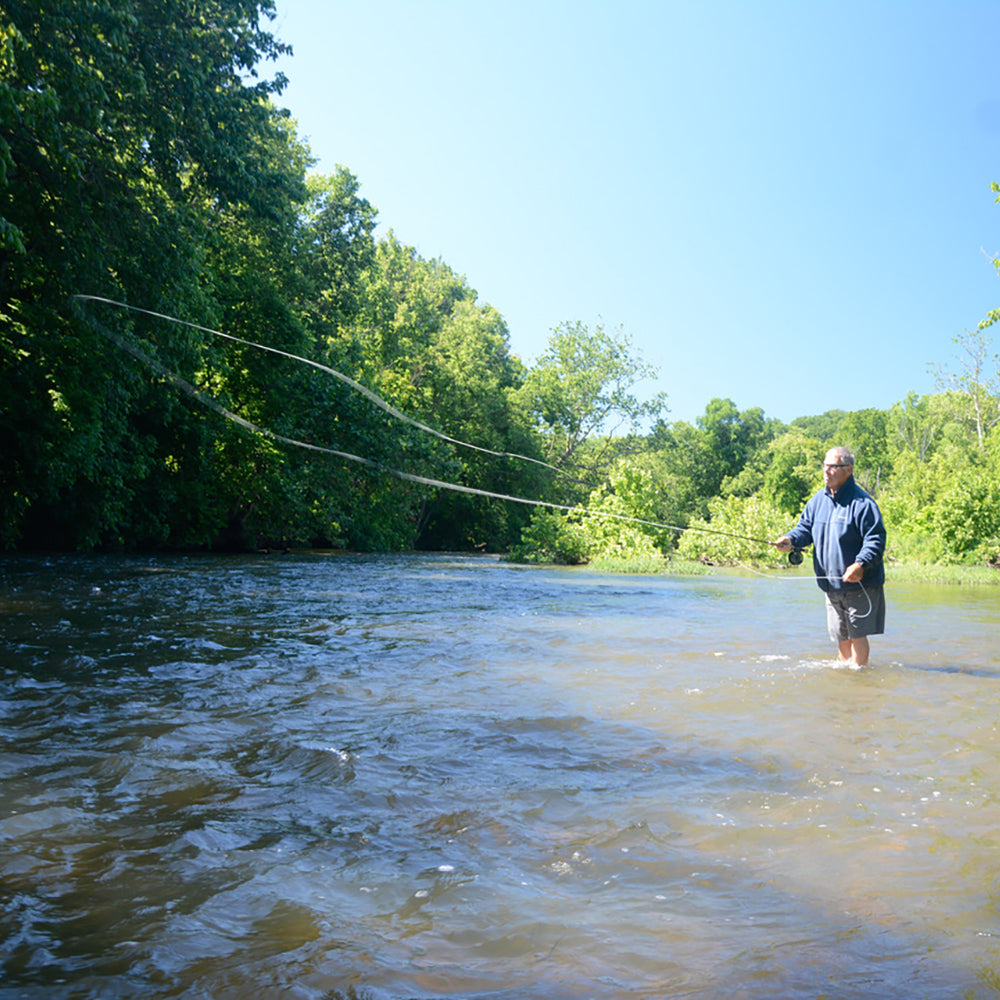
Learn Fly Fishing at Murray’s Fly Shop: Classes, Workshops & Schools
Welcome to Murray’s Fly Shop – Your Fly Fishing Learning Hub At...
-
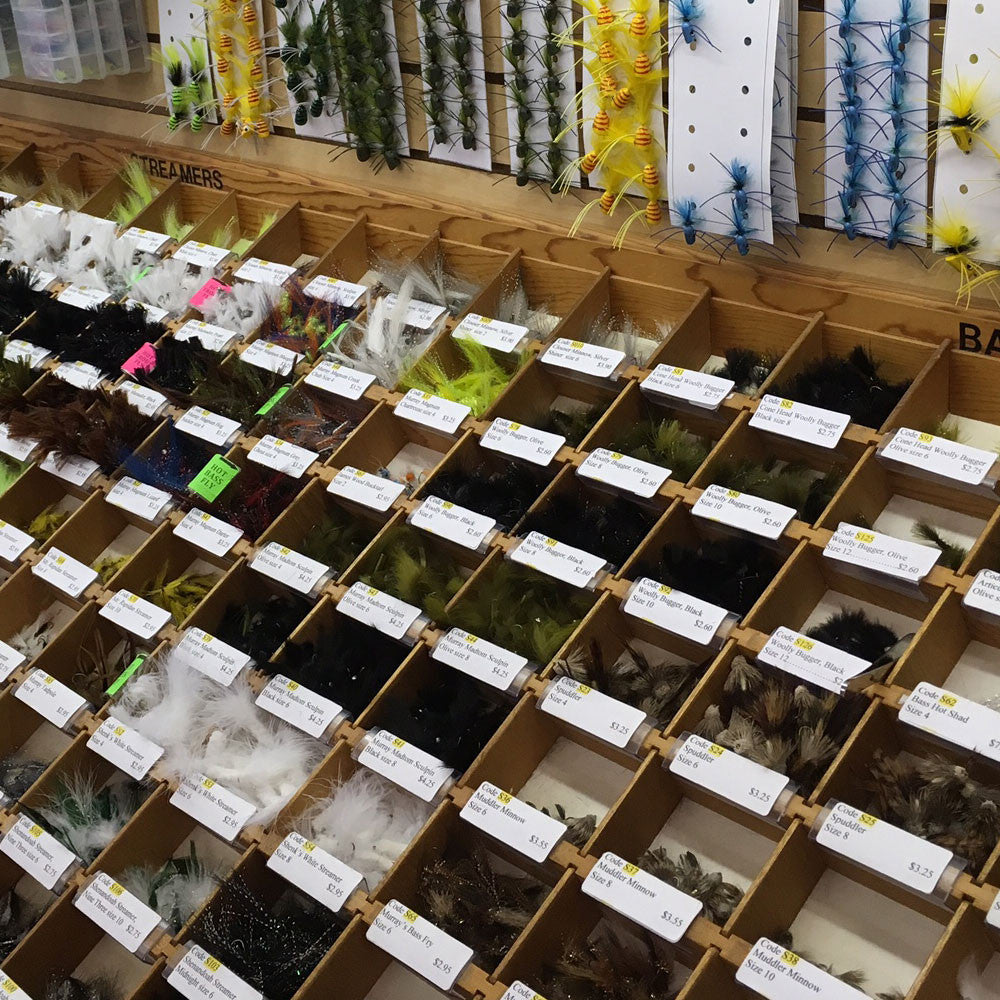
Featured Flies of the Month
Harry Murray's recommended fly list for this time of the year. (March...
-
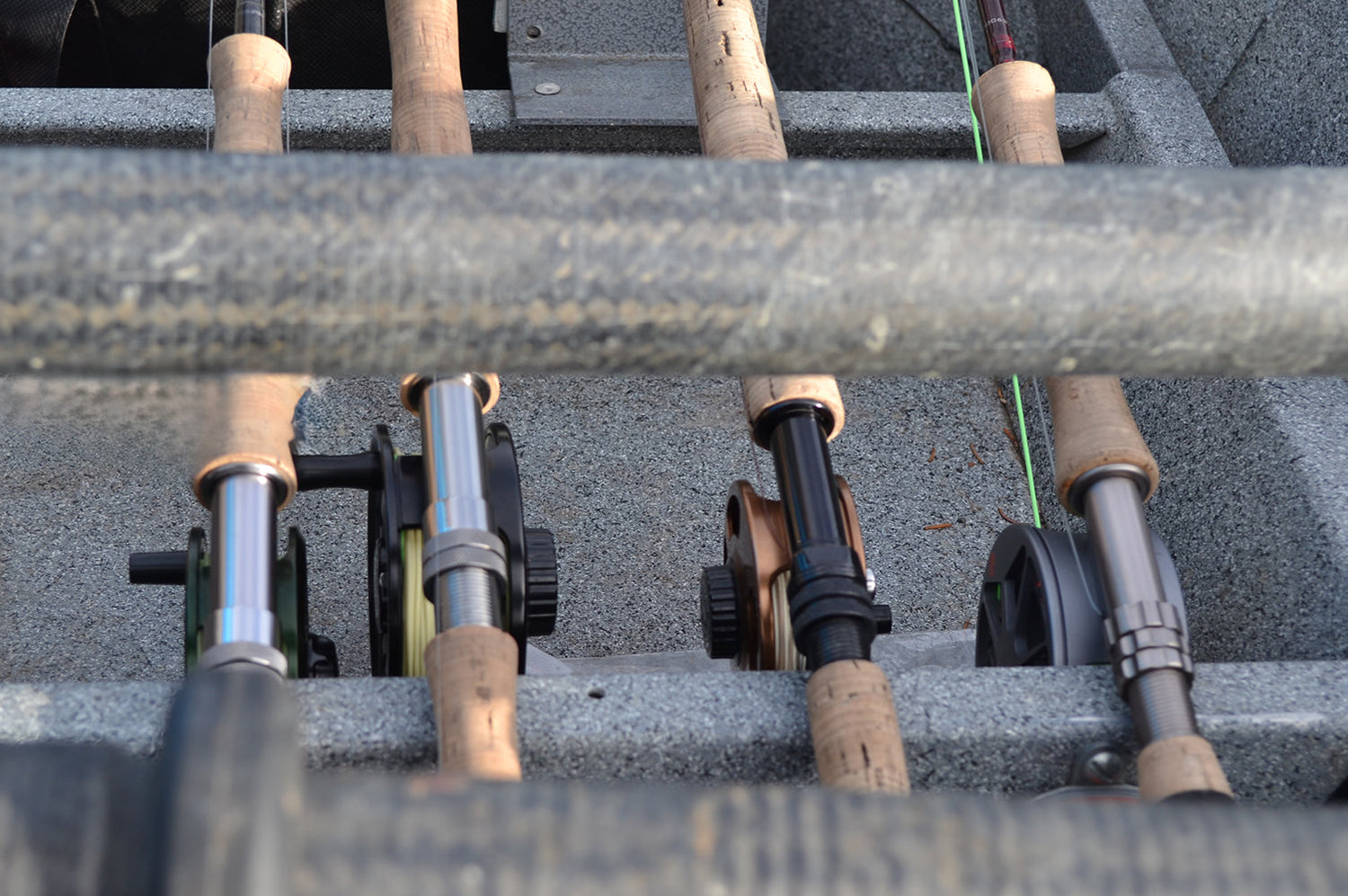
Fly Fishing Rod Outfits
Fly Fishing Rod and Reel Outfits for Smallmouth Bass fly fishing, Trout...
